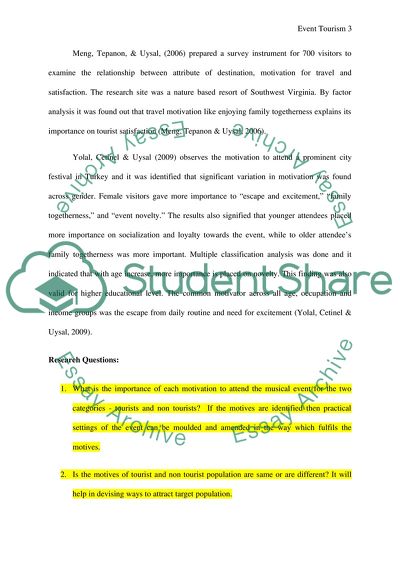Cite this document
(Event Tourism Research Paper Example | Topics and Well Written Essays - 2250 words, n.d.)
Event Tourism Research Paper Example | Topics and Well Written Essays - 2250 words. https://studentshare.org/tourism/1840836-introduction-to-research-quantitative-report
Event Tourism Research Paper Example | Topics and Well Written Essays - 2250 words. https://studentshare.org/tourism/1840836-introduction-to-research-quantitative-report
(Event Tourism Research Paper Example | Topics and Well Written Essays - 2250 Words)
Event Tourism Research Paper Example | Topics and Well Written Essays - 2250 Words. https://studentshare.org/tourism/1840836-introduction-to-research-quantitative-report.
Event Tourism Research Paper Example | Topics and Well Written Essays - 2250 Words. https://studentshare.org/tourism/1840836-introduction-to-research-quantitative-report.
“Event Tourism Research Paper Example | Topics and Well Written Essays - 2250 Words”. https://studentshare.org/tourism/1840836-introduction-to-research-quantitative-report.


